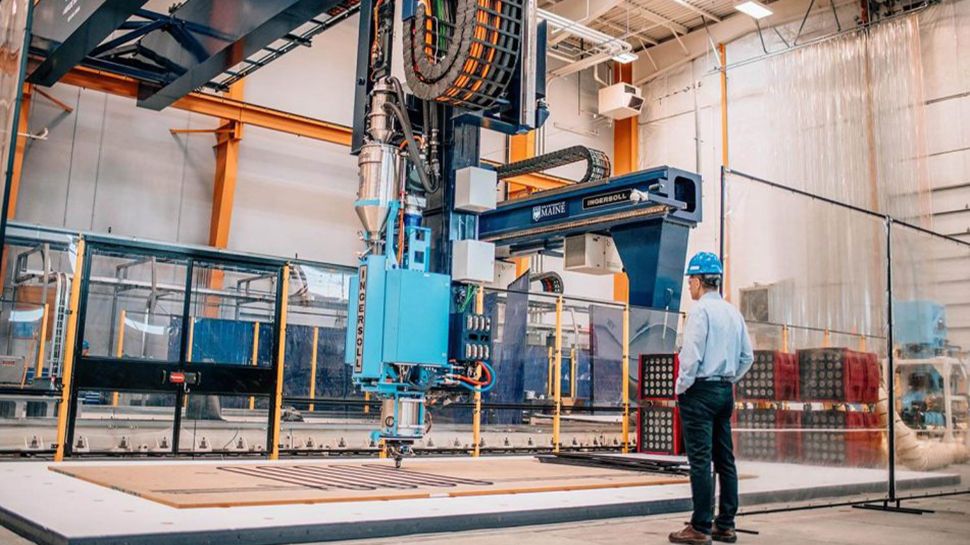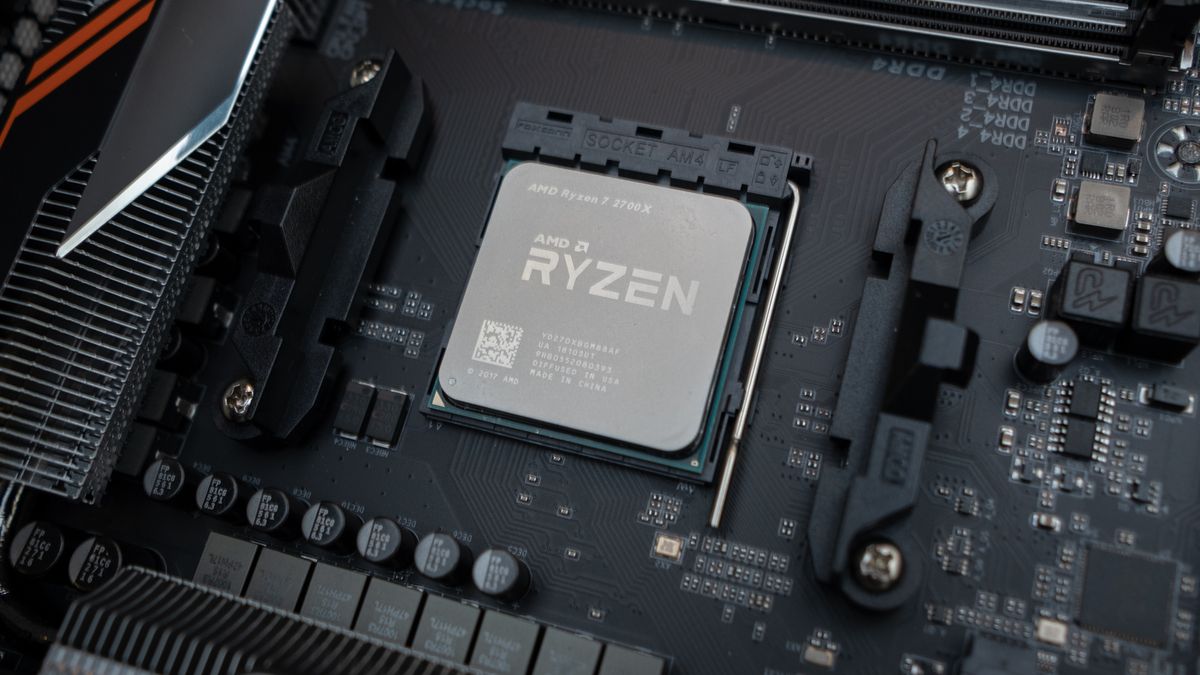The University of Maine has revealed the largest 3D printer in the world. Named rather grandly Factory of the Future 1.0 (FoF 1.0), the new unit is four times larger than the university’s previous world record breaking 3D printer, MasterPrint, which it debuted in 2019.
This colossal printer can produce items measuring up to 96 feet long, 32 feet wide, and 18 feet high, at a rapid pace of 500 pounds per hour.
Factory of the Future 1.0 was revealed by UMaine to representatives from a number of agencies, including the Department of Defense, and the Department of Energy. It is not just a giant 3D printer however, it’s also a multipurpose machine that can switch between various processes like additive manufacturing and continuous tape layup.
Green Engineering and Materials Factory of the Future
This advance could revolutionize several industries by providing a cost-efficient and eco-friendly manufacturing method for areas such as national security, housing, bridge construction, and marine vessel fabrication. One of the promising applications for the printer is utilizing biobased feedstocks from wood residuals, which are abundant in Maine.
“This new capability not only reinforces UMaine’s Carnegie R1 research designation, but also reaffirms our standing as leaders in composite materials research and advanced manufacturing. With the participation of different departments, faculty, students and university partners, today stands as a testament to UMaine’s commitment to collaborative excellence,” said UMaine President Joan Ferrini-Mundy, “It not only empowers us to nurture the leaders of tomorrow, but also ignites growth and prosperity within Maine’s local industries and across the national stage.”
Factory of the Future 1.0 is a precursor to another boundary-pushing project: the Green Engineering and Materials Factory of the Future – a 47,000-square-foot research lab set to break ground this summer. This new facility aims to enhance and scale sustainable manufacturing practices, offering next-gen solutions that tackle current global challenges like workforce shortages and stressed supply chains.





